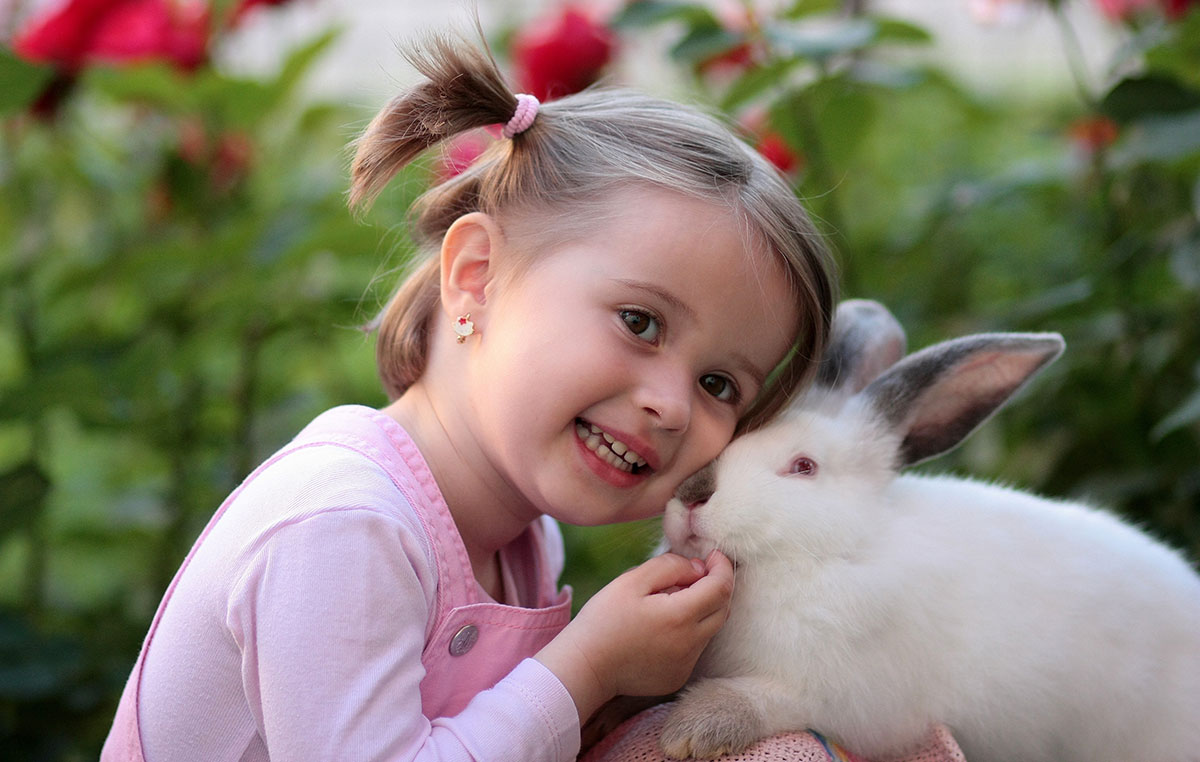
You made it through teething, got a few years of a break (well, as far as your kiddo’s pearly whites anyway) and, suddenly, your child’s first loose tooth enters the picture. The smile changes are back again in full force! Unlike sprouting those primary teeth, the process of a child losing baby teeth and getting their permanent ones isn’t typically painful. Once they get used to the sensation of a tooth being wiggly and realize it doesn’t hurt when it falls out, most kids enjoy this stage. The Tooth Fairy is involved after all. For the parents at our Englewood and Central Park pediatric dental offices, it can be a different story. They often worry about the order of eruption or maybe their child’s loose tooth won’t come out or, perhaps, they’re concerned about the appearance of the new permanent teeth. To put your mind at ease, the team here at Kids Mile High Pediatric Dentistry is breaking down everything you need to know about your child losing baby teeth.
When do Kids Start to Lose Baby Teeth?
The average age for a child to lose their first tooth varies pretty dramatically. That’s why it’s totally understandable for parents to be concerned when their little one’s friends are getting visits from the Tooth Fairy but their child isn’t. Almost every baby teeth chart says kids start to lose baby teeth between the ages of six- and seven-years-old. This is pretty average but some children start losing baby teeth as early as age four and others begin as late as seven or even eight. It doesn’t necessarily mean something is wrong but it’s always best to check with your pediatric dentist if your child’s baby teeth seem to be hanging in there for longer than usual.
A baby tooth almost always falls out because the permanent tooth underneath it pushes it out as it starts to come in. Though sometimes, injury, cavities or other issues can result in a baby tooth falling out when there is no permanent tooth to replace it. When this happens, the other teeth have a tendency to want to fill in the space, which may lead to crowding. In these instances, we usually use a space maintainer to hold room for the grown-up tooth to come in later.
What Order do Kids Lose Baby Teeth?
One of the most common questions Dr. Paddy and Dr. Castro get is what order do kids lose baby teeth? Well, in most cases, the primary teeth fall out in the same order they erupted. The American Dental Association has a super handy baby teeth and permanent teeth eruption chart that will give you a good idea as to the timeline. Typically, the lower front teeth are the first to say goodbye, followed by the top front teeth. Much like the baby teeth order, the rest tend to fall out symmetrically, meaning the tooth on one side will shed around the same time as its partner on the other side of the mouth. Bottom teeth usually fall out before the same teeth in the upper arch.
Will Baby Teeth Fall Out on Their Own? Can I Help Them Along?
The vast majority of the time, baby teeth will fall out on their own. Every once in a while, Dr. Paddy and Dr. Castro have to help a tooth along and encourage it to erupt but this is rare. If a child’s loose tooth won’t come out, have them wiggle it gently with their tongue. Each tooth goes through a whole process where the root is broken down and absorbed and it can sometimes take a few months from the time a tooth gets wiggly to when it finally hits the road. So, we don’t recommend the old dental floss on the door knob trick or yanking it out since it might not be ready. Pulling a tooth before its time can lead to damage or infection.
Why are my Child’s Permanent Teeth so Big?
Around age four, a child’s jaw and face start to grow to accommodate the permanent teeth. Not only are there more permanent teeth than primary teeth, they’re also larger and not as white. They might even have visible ridges that will eventually smooth out as a child puts them to good use chewing and biting. The difference can be a bit startling at first but when all of the baby teeth are gone and you’re comparing these larger teeth to teeth of similar size, your child’s smile will look much like yours.
When do Permanent Teeth Grow in?
When the first baby tooth falls out (most likely one of the lower front teeth) around the age of six or seven, a permanent tooth should be right behind it. If a baby tooth falls out and no permanent tooth replaces it after six months, contact your pediatric dentist for evaluation. The tooth could just be taking its sweet old time or it could be due to an issue like a congenitally missing tooth. We’ll get to the bottom of it and make sure your child’s smile development stays on track.
In addition to the replacement teeth coming in, the first permanent molars also tend to grow in between six- and seven-years-old, which is why they’re sometimes called the “six-year molars.” This can be a little confusing because these teeth are erupting into an open area where there wasn’t baby teeth before. Some kids gets these permanent teeth first while others get their lower front teeth first.
From the time kids start losing baby teeth to the time the final one falls out, they’re in a phase known as “mixed dentition,” meaning they have a mixture of primary and permanent teeth. This mixed dentition stage lasts until 12- or 13-years-old. At this age, once the permanent second molars come in, kids have all of their grown-up teeth except for the wisdom teeth. If the wisdom teeth erupt at all, it’s usually between 17- and 21-years-old.
Since the permanent teeth need to last a lifetime and there are no backups waiting in the wings if they fall out, oral care becomes more important than ever. Encourage your child to brush those grown-up teeth twice a day, floss once daily and limit snacking and sugary treats. Be sure to keep up with regular dental checkups and cleanings too.
Throughout the process of your child losing baby teeth and gaining new ones, try to keep in mind that every child is unique and primary teeth usually make their exit when they’re ready. If you have questions or concerns about how your child’s smile is taking shape, schedule a visit at Kids Mile High in Englewood or Central Park. We’ll work with you to keep your little one’s teeth healthy and strong!



